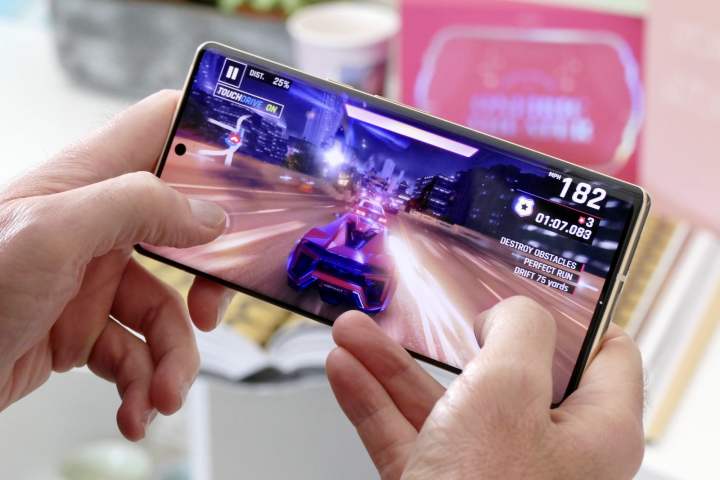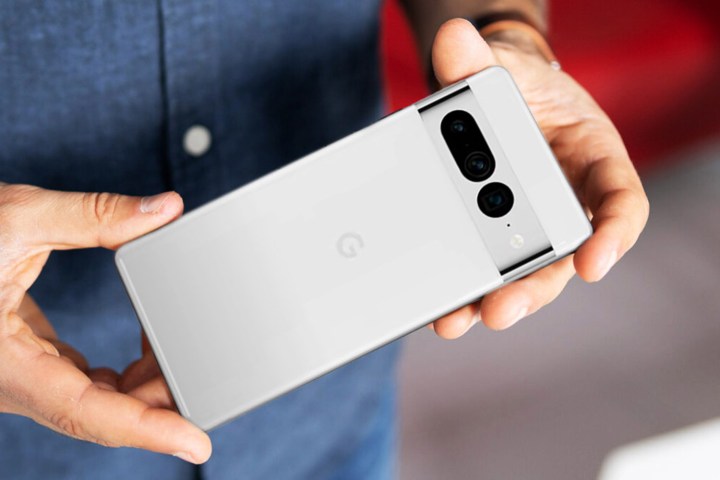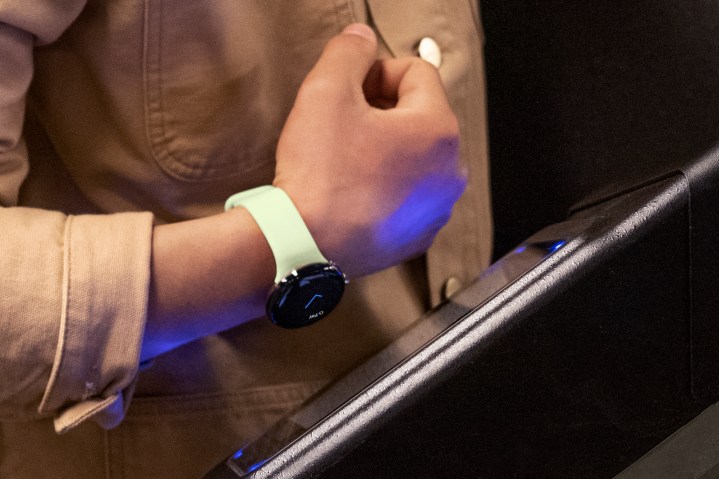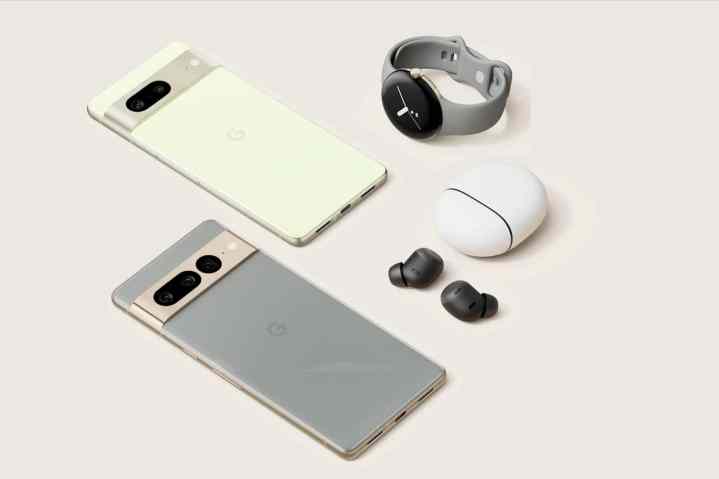The Google Pixel range is now seven years old, and while it may not steal the limelight quite as much as the latest iPhone or Samsung Galaxy, it has more than earned its place among the best smartphones around. This is especially the case with the Google Pixel 7 and Google Pixel 7 Pro, both of which take everything that was great about previous Pixel generations and then add the new Google-made Tensor Generation 2, as well as a revamped design and a new (or rather, reintroduced) Face Unlock feature. Other changes include a resizing of the Pixel 7’s display (compared to the Pixel 6), making it more portable, while it also benefits from the same 11-megapixel front-facing selfie camera found on the more premium Pixel 7 Pro.
With both models looking similar from a distance, questions will inevitably arise as to which is the more desirable phone overall, particularly when the
Specs
| Google Pixel 7 | Google Pixel 7 Pro | |
| Size | 155.6 x 73.2 x 8.7mm (6.13 x 2.88 x 0.34 inches) | 162.9 x 76.6 x 8.9mm (6.41 x 3.02 x 0.35 inches) |
| Weight | 197 grams (6.9 ounces) | 212 grams (7.5 ounces) |
| Screen size | 6.3-inch OLED with 10-90Hz | 6.7-inch OLED with 10-120Hz |
| Screen resolution | 2400 x 1080 pixels (416 pixels per inch) | 3120 x 1440 pixels (512 ppi) |
| Operating system | Android 13 | Android 13 |
| Storage | 128GB, 256GB | 128GB, 256GB, 512GB |
| MicroSD card slot | No | No |
| Processor | Google Tensor Generation 2 | Google Tensor Generation 2 |
| RAM | 8GB | 12GB |
| Camera | Dual lens 50-megapixel wide, 12MP ultrawide rear, 10.8MP front | Triple lens 50MP wide, 12MP ultrawide, and 48MP telephoto rear, 10.8MP front |
| Video | 4K at up to 60 frames per second, 1080p at 60 fps | 4K at up to 60 fps, 1080p at 60 fps |
| Bluetooth version | Bluetooth 5.2 | Bluetooth 5.2 |
| Ports | USB-C | USB-C |
| Fingerprint sensor | Yes, in-display | Yes, in-display |
| Water resistance | IP68 | IP68 |
| Battery | 4,355mAh
30W wired charging 21W wireless charging Reverse wireless charging |
5,000mAh
30W wired charging 23W wireless charging Reverse wireless charging |
| App marketplace | Google Play Store | Google Play Store |
| Network support | Most major carriers | Most major carriers |
| Colors | Obsidian, Snow, Lemongrass | Obsidian, Snow, Hazel |
| Price | Starting at $599 | Starting at $899 |
| Buy from | ||
| Review | Pixel 7 review | Pixel 7 Pro review |
Design, display, and durability

The
Another design change for both models is that they each ditch the two-tone design on the glass rear. This is arguably a loss since the difference in shade offered by the Pixel 6 came off as stylish. Then again, one of the main functions of design changes isn’t necessarily to make a phone look objectively better but simply to signal that it belongs to the latest generation. Both the
On the other hand, there’s no question that the
As for durability, both devices come with official IP68 ratings, and both have fronts and backs made with the very tough Corning Gorilla Glass Victus. However, because the
Winner:
Performance, battery life, and charging

Both the
The
It’s a similar story with the battery of each device. The
Combined with the minor (yet noticeable) performance and memory differences, this means the
Winner:
Cameras

Previous generations may have brought significant updates to the camera hardware of Pixel phones, but both the
As always, the basic camera performance on the
Video capabilities haven’t really changed from last year’s models, with both models topping out at
Winner:
Software and updates

Both of these phones run Android 13 out of the box. This latest version of the Android OS features a few welcome changes, such as an expanded and more customizable Material You feature, enhanced privacy options, and more control over notification permissions. It’s not a major update over previous generations, but it does refine what is already a smooth and powerful user experience.
Given their simultaneous release, these two devices will receive core updates at about the same time for the same length of time. This is a tie.
Winner: Tie
Special features

While there aren’t any really major special features introduced for the first time with the
As with the previous generation of Pixels, both phones benefit from the Titan M2 security coprocessor. Google claims this makes Pixels the most secure smartphones in the world, resistant to attacks and breaches of sensitive user info. At the same time, the phones will also include their own built-in VPNs powered by Google One.
Winner: Tie
Price and availability
The
Overall winner: Google Pixel 7 Pro

It may not be much of a surprise, but the
However, if you don’t need a telephoto lens or an absolutely state-of-the-art screen, the
Editors' Recommendations
- A new Google Pixel Tablet is coming, but it’s not what you think
- The most common Google Pixel 8 problems and how to fix them
- Best Google Pixel deals: Save on Pixel 8, Pixel Buds, and Pixel Watch
- Something strange might happen to the Google Pixel Fold 2
- The 6 biggest announcements we expect from Google I/O 2024

